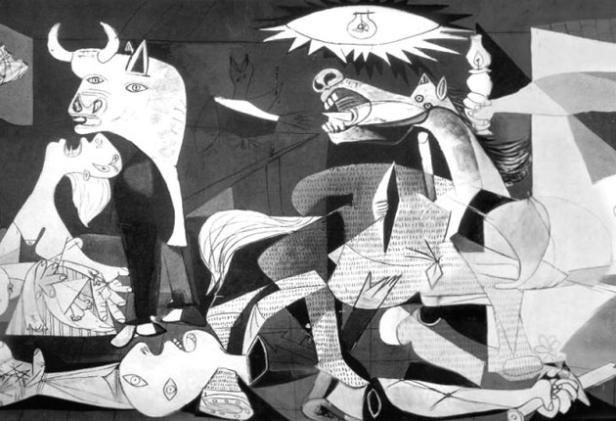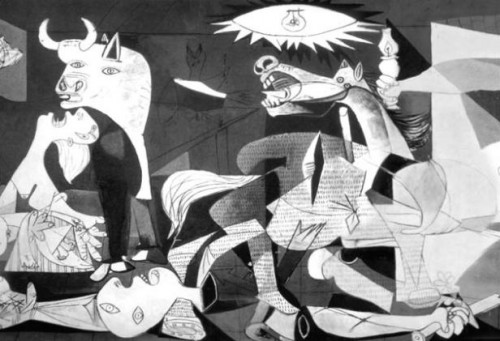
Every Child is an Artist
[flickr id=”8076190032″ thumbnail=”medium” overlay=”true” size=”original” group=”” align=”none”]
Generally, McKenzie favors meeting individual classes, rather than one giant assembly hall. He’ll start his day with the kindergarteners, working his way up to the sixth graders by the end of the day. In one school, McKenzie noted all the great artwork on the kindergarteners’ walls and asked of them, “Who among you is an artist?” Their hands shot up high in the sky, every one of them an artist, and an enthusiastic one at that. Then, he asked the same of the first graders, and with slightly less enthusiasm, all the hands went up. Then, with the second graders, slightly fewer hands went up, and less again with the third graders. By the time McKenzie got to the sixth graders, only two hands went up, both looking around nervously to see if they were being judged.
Draw your own conclusions, but it seems pretty evident—and it is what Picasso also referred to—that as we get older, circumstances conspire against us. Life seems to get in the way and chip away at our creative energies.
[flickr id=”8076189996″ thumbnail=”medium” overlay=”true” size=”original” group=”” align=”none”]
The good news, according to Kelley, is that if you’re willing to work at it, you can fight those forces and stay young at heart. When Kelley’s Japanese wife moved with him to America and felt the need to yell at him, she would say, “You are like a child.” Most likely, she meant it as a criticism, but he took it as a compliment. “It’s different from being childish. That has negative connotations and implies being selfish almost,” he says, “but to be childlike is something different, and great.” This forms the basis for one of his favorite pieces of advice: if you want to be creative and innovative, it’s simple—just be childlike.

